The hightech Handheld
For the treatment of skin diseases - mobile. simple. effective.


With the size and weight of a telephone handset, the plasma derma care® in conjunction with the spacer is a mobile, CE-certified medical device that generates cold atmospheric plasma from the ambient air. CAP inactivates bacteria and human pathogenic fungi highly efficiently – regardless of the type and level of resistance to antibiotics.
In addition, there is the healing effect: CAP therapy has an antipruritic effect and promotes cell regeneration (cell division) of healthy skin cells by activating local immune processes. The treatment is valued as painless.
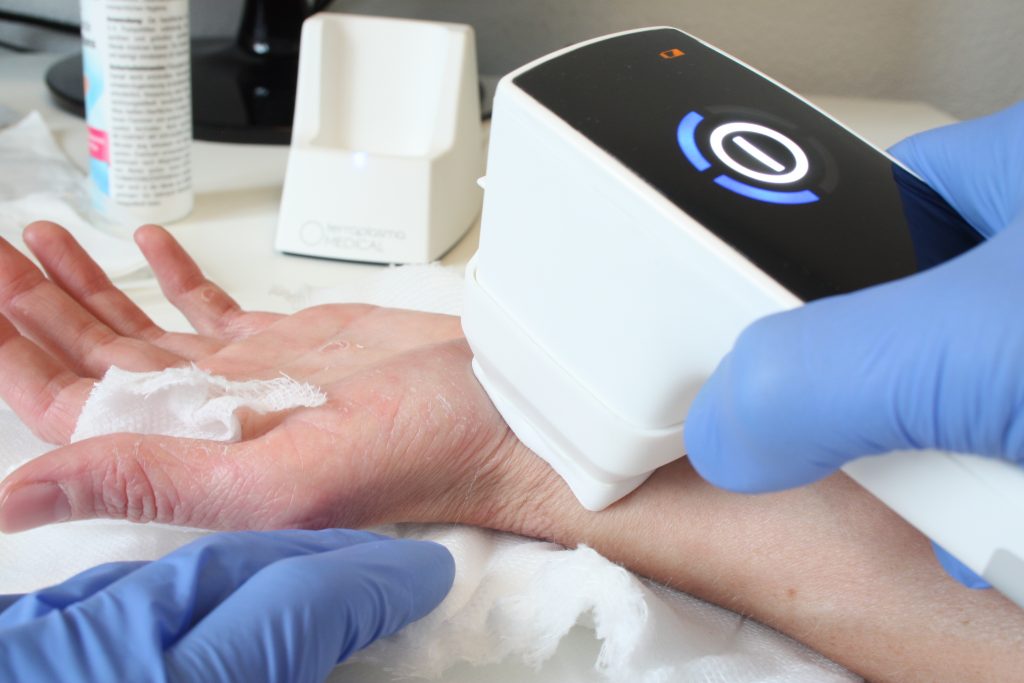
In Germany plasma treatment has been part of the specialist training in dermatology since 2021
Skin-friendly and flexible: The biocompatible foam attachment of the plasma derma care® ensures a high cold plasma density even on uneven skin areas and areas on the face.
The diverse mechanism of action of cold plasma enables the treatment of a large number of dermatological diseases:
In order to generate KAP, a gas is supplied with just enough energy that it is only partially ionized, i.e. only one particle of 10⁹ is ionized. This allows the temperature to be controlled so that it remains below 40°C.
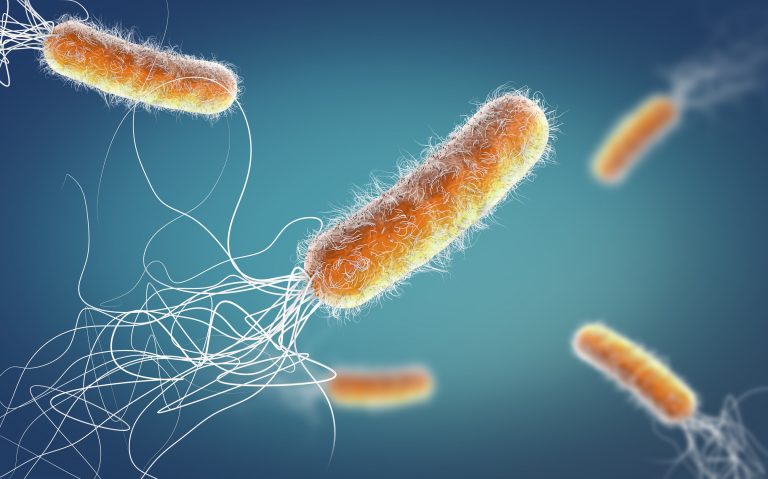
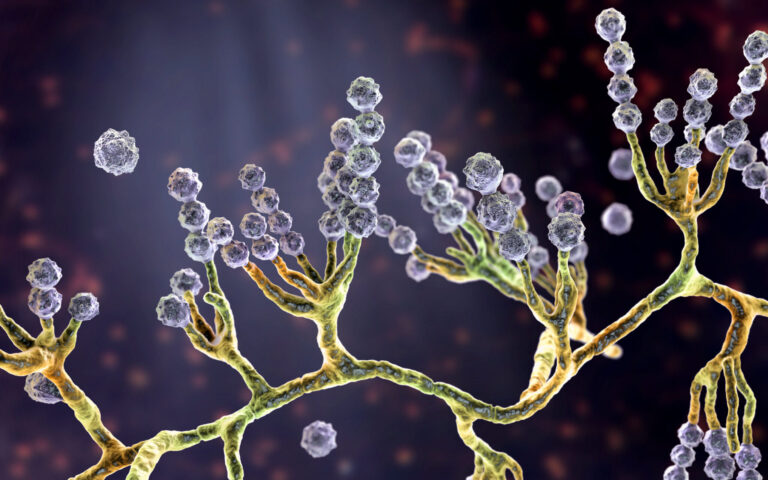
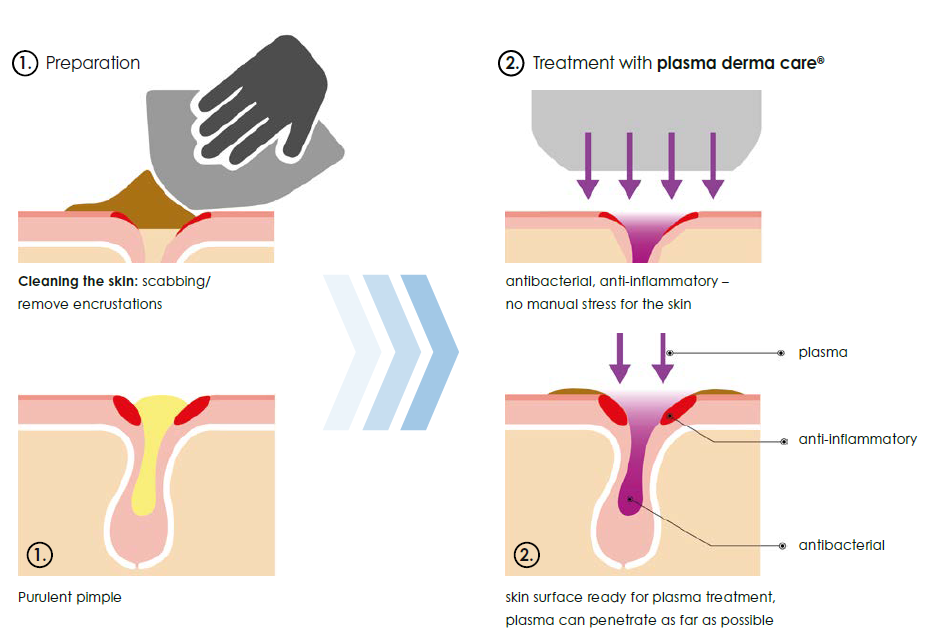
For larger treatment areas, the treatment can be carried out up to 6 times within 10 minutes with a spacer.
Places in the immediate vicinity of the eyes as well as mouth and nose openings should be treated with special care. The CAP should not get into the respiratory tract or directly into the eyes of the patient; if necessary, aids such as nasal plugs and goggles can be used for this purpose.
Diagnosis: Congestive eczema
Concomitant disease: Varicosis
Patient: female, 56 years
Duration of the disease: 2 months
Beginning: Wound reddish and raised
End: Wound is closed
Therapy: 4 x treatments + homeopathic medicines
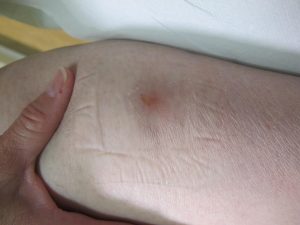

Diagnosis: Acne
Patient: female, 27 years
Duration of illness: acne has existed for several years
Beginning: red, purulent pustules
End: Pustules heal, no new ones have formed, less redness of the skin
Therapy: 4 treatments without prior cleansing = > decrease in redness
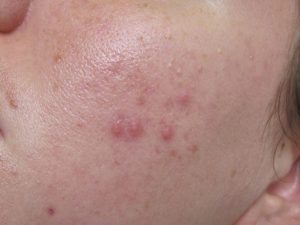
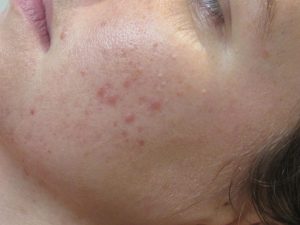
Die Anwendung von KAP bei Akne wurde in Fallberichten und Studien untersucht:
Mariachiara, Dr. A. et al. Cold atmospheric plasma (CAP) as a promising therapeutic option for mild to moderate acne vulgaris: Clinical and non-invasive evaluation of two cases. Clin. Plasma Med. 100110 (2020) doi:10.1016/j.cpme.2020.100110.
Potter, M. J. et al. Facial acne and fine lines: transforming patient outcomes with plasma skin regeneration. Ann. Plast. Surg. 58, 608–613 (2007).
Lan, T., Xiao, Y., Tang, L., Hamblin, M. R. & Yin, R. Treatment of atrophic acne scarring with fractional micro-plasma radio-frequency in Chinese patients: A prospective study. Lasers Surg. Med. 50, 844–850 (2018).
Karrer, S. et al. Atmospheric Plasma in the Treatment of Acne Vulgaris. Appl. Sci. 11, (2021).
Die Anwendung von KAP bei Akne wurde in Fallberichten und Studien untersucht:
Mariachiara, Dr. A. et al. Cold atmospheric plasma (CAP) as a promising therapeutic option for mild to moderate acne vulgaris: Clinical and non-invasive evaluation of two cases. Clin. Plasma Med. 100110 (2020) doi:10.1016/j.cpme.2020.100110.
Potter, M. J. et al. Facial acne and fine lines: transforming patient outcomes with plasma skin regeneration. Ann. Plast. Surg. 58, 608–613 (2007).
Lan, T., Xiao, Y., Tang, L., Hamblin, M. R. & Yin, R. Treatment of atrophic acne scarring with fractional micro-plasma radio-frequency in Chinese patients: A prospective study. Lasers Surg. Med. 50, 844–850 (2018).
Karrer, S. et al. Atmospheric Plasma in the Treatment of Acne Vulgaris. Appl. Sci. 11, (2021).
Der Effekt vonKAP basiert neben der heilungsfördernden Wirkung auch darauf, dass es Bakterien und Pilze zuverlässig inaktiviert:
Terabe, Y., Kaneko, N. & Ando, H. Treating hard-to-heal skin and nail onychomycosis of diabetic foot with plasma therapy. Dermatol. Ther. 34, e15127 (2021).
Gnat, S. et al. Cold atmospheric pressure plasma (CAPP) as a new alternative treatment method for onychomycosis caused by Trichophyton verrucosum: in vitro studies. Infection 49, 1233–1240 (2021).
Borges, A. C. et al. Cold Atmospheric Pressure Plasma Jet Reduces Trichophyton rubrum Adherence and Infection Capacity. Mycopathologia 184, 585–595 (2019).
Boxhammer, V. et al. Investigation of the mutagenic potential of cold atmospheric plasma at bactericidal dosages. Mutat. Res. 753, 23–28 (2013).
Heinlin, J. et al. Contact-free inactivation of Trichophyton rubrum and Microsporum canis by cold atmospheric plasma treatment. Future Microbiol. 8, 1097–1106 (2013).
Klämpfl, T. G. et al. Decontamination of Nosocomial Bacteria Including Clostridium difficile Spores on Dry Inanimate Surface by Cold Atmospheric Plasma. Plasma Process. Polym. 11, 974–984 (2014).
Daeschlein, G. et al. Skin and wound decontamination of multidrug-resistant bacteria by cold atmospheric plasma coagulation. J. Dtsch. Dermatol. Ges. J. Ger. Soc. Dermatol. JDDG 13, 143–150 (2015).
Zimmermann, J. L. et al. Test for bacterial resistance build-up against plasma treatment. New J. Phys. 14, 073037 (2012).
Verschiedene weitere Erkrankungen, wie z.B. atopische Dermatitis und Psoriasis, können sowohl im Tiermodell als auch in ersten Fallberichten von KAP profitieren.
Gan, L. et al. Medical applications of nonthermal atmospheric pressure plasma in dermatology: Applications of nonthermal plasma in cutaneous diseases. JDDG J. Dtsch. Dermatol. Ges. 16, 7–13 (2018).
Kim, Y. J. et al. Prospective, comparative clinical pilot study of cold atmospheric plasma device in the treatment of atopic dermatitis. Sci. Rep. 11, 14461 (2021).
Moon, I. J. et al. Treatment of atopic dermatitis using non-thermal atmospheric plasma in an animal model. Sci. Rep. 11, 16091 (2021).
Gan, L. et al. Cold atmospheric plasma ameliorates imiquimod-induced psoriasiform dermatitis in mice by mediating antiproliferative effects. Free Radic. Res. 53, 269–280 (2019).
Lee, Y. S., Lee, M.-H., Kim, H.-J., Won, H.-R. & Kim, C.-H. Non-thermal atmospheric plasma ameliorates imiquimod-induced psoriasis-like skin inflammation in mice through inhibition of immune responses and up-regulation of PD-L1 expression. Sci. Rep. 7, (2017).
Gareri, C., Bennardo, L. & De Masi, G. Use of a new cold plasma tool for psoriasis treatment: A case report. SAGE Open Med. Case Rep. 8, 2050313X20922709 (2020).
Daten in Vorbereitung
Neben bakteriellen und Pilzerkrankungen gibt es Hinweise auf die Wirksamkeit von KAP gegen Viren:
Bunz, O. et al. Cold atmospheric plasma as antiviral therapy – effect on human herpes simplex virus type 1. J. Gen. Virol. 101, 208–215 (2020).
Isbary, G. et al. Randomized placebo-controlled clinical trial showed cold atmospheric argon plasma relieved acute pain and accelerated healing in herpes zoster. Clin. Plasma Med. 2, 50–55 (2014).
Zimmermann, J. L. et al. Effects of cold atmospheric plasmas on adenoviruses in solution. in 2012 Abstracts IEEE International Conference on Plasma Science 2E-7-2E – 7 (IEEE, 2012). doi:10.1109/PLASMA.2012.6383555.
Ahlfeld, B. et al. Inactivation of a Foodborne Norovirus Outbreak Strain with Nonthermal Atmospheric Pressure Plasma. mBio 6, (2015).
Erste Publikationen zeigen sogar den inaktivierenden Effekt von Plasma auf Sars Cov-2 Vieren:
Chen, Z., Garcia, G., Arumugaswami, V. & Wirz, R. E. Cold plasma for SARS-CoV-2 Inactivation. http://medrxiv.org/lookup/doi/10.1101/2020.09.17.20192872 (2020) doi:10.1101/2020.09.17.20192872.
Cortázar, O. D., Megía-Macías, A., Moreno, S., Brun, A. & Gómez-Casado, E. Vulnerability of SARS-CoV-2 and PR8 H1N1 virus to cold atmospheric plasma activated media. Sci. Rep. 12, 263 (2022).
Qin, H. et al. Efficient disinfection of SARS-CoV-2-like coronavirus, pseudotyped SARS-CoV-2 and other coronaviruses using cold plasma induces spike protein damage. J. Hazard. Mater. 430, 128414 (2022).
Jin, T. et al. Cold atmospheric plasma: A non-negligible strategy for viral RNA inactivation to prevent SARS-CoV-2 environmental transmission. AIP Adv. 11, 085019 (2021).
Die Wirkung von KAP auf Phlegmone konnte ebenfalls gezeigt werden:
Kalghatgi, S. et al. Applications of Non Thermal Atmospheric Pressure Plasma in Medicine. in Plasma Assisted Decontamination of Biological and Chemical Agents (eds. Güçeri, S.,
Fridman, A., Gibson, K. & Haas, C.) 173–181 (Springer Netherlands, 2008). doi:10.1007/>978-1-4020-8439-3_15.
Fridman, G. et al. Applied Plasma Medicine. Plasma Process. Polym. 5, 503–533 (2008).
There are many questions about cold plasma therapy: Which bacterie does cold plasma affect? How long does the therapy last? We have compiled the most frequently aske questions and answers for you here. You are also welcome to contact us directly.

terraplasma medical GmbH
Parkring 32
D-85748 Garching bei München
Tel: +49 89 5880 553-0